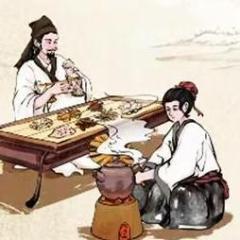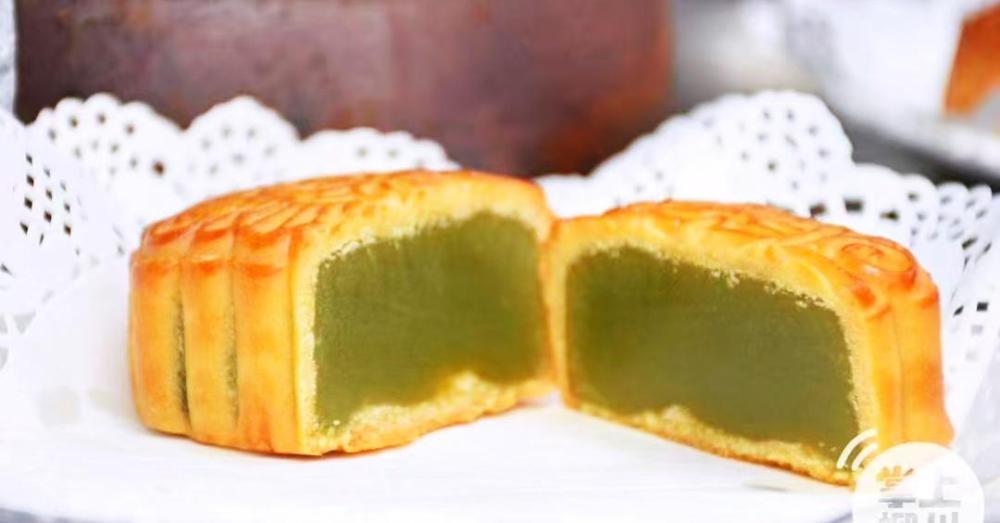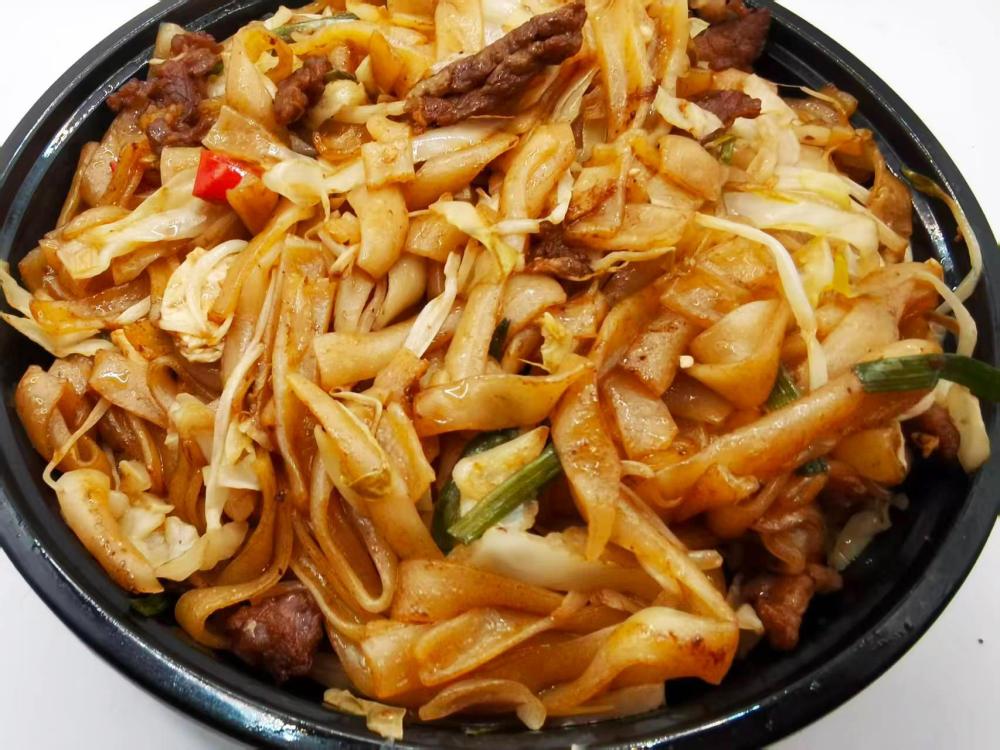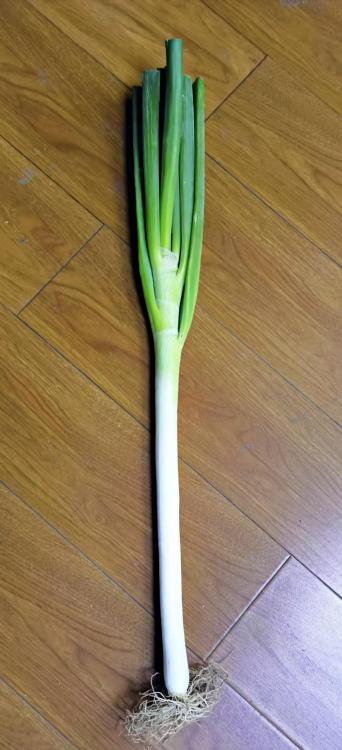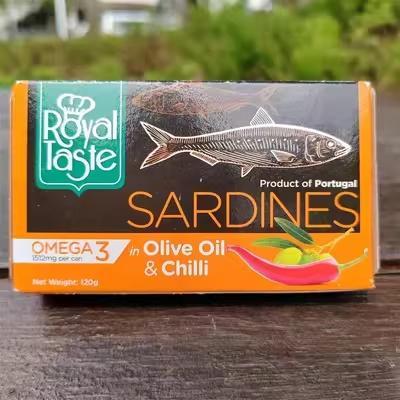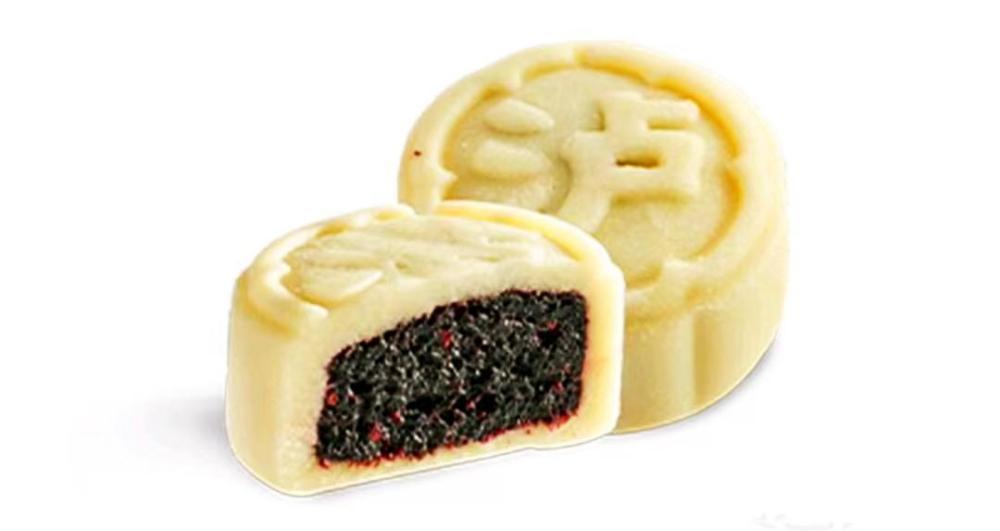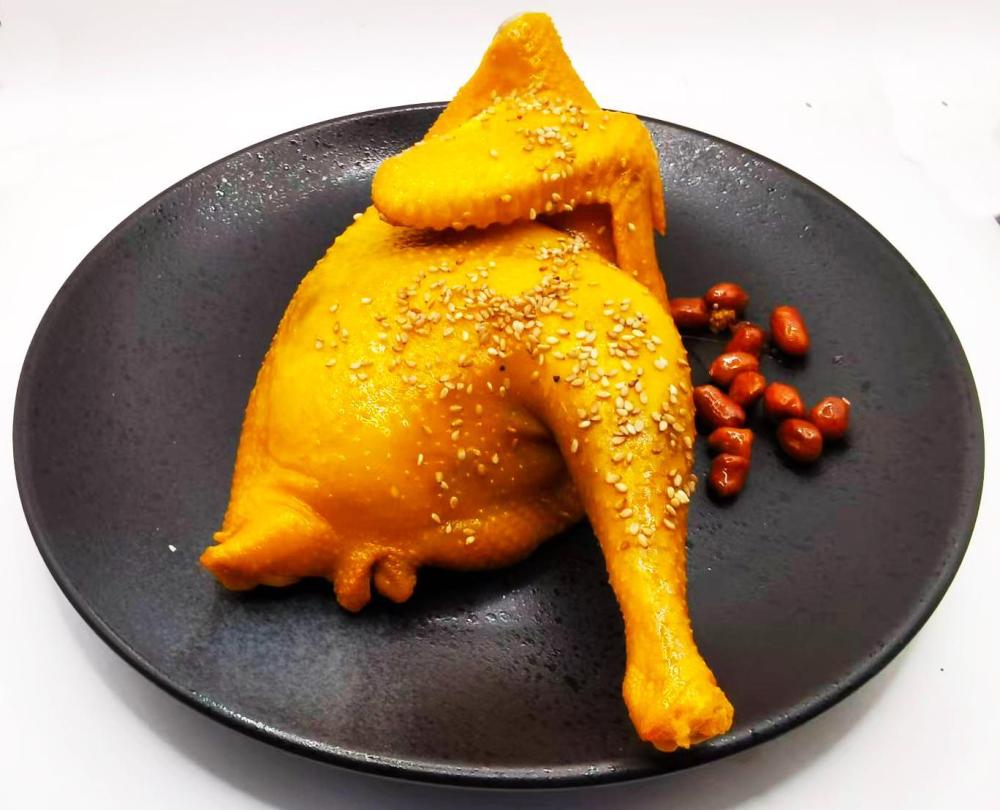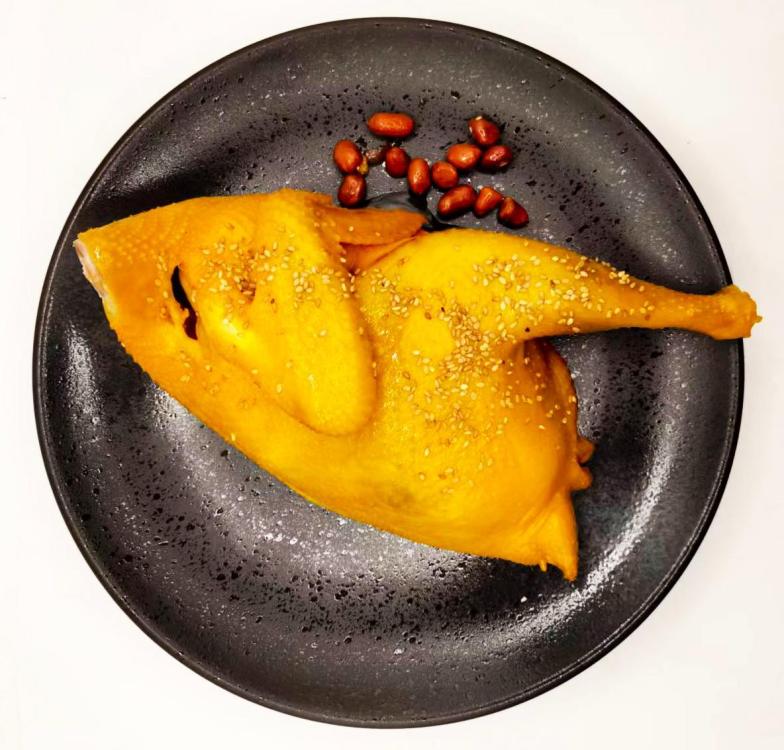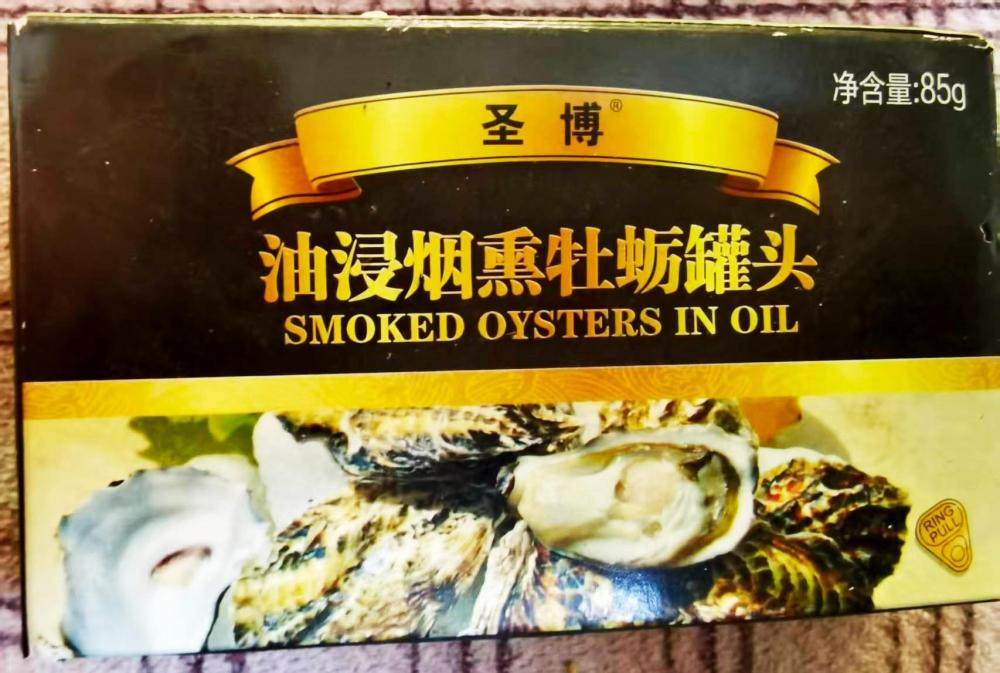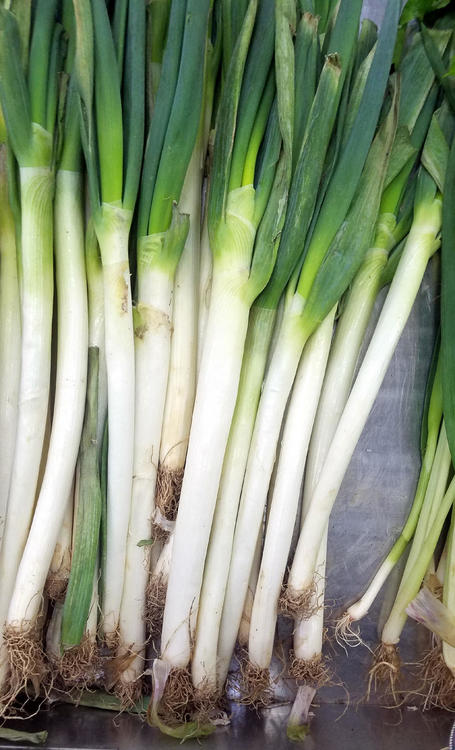-
Posts
16,725 -
Joined
-
Last visited
Content Type
Profiles
Forums
Store
Help Articles
Everything posted by liuzhou
-
-
I wasn't trained in a sino-centric anything. What confused me was not mistranslating kanji (Characters derived from Chinese, but often having different meanings in the two languages) or Japanese invented kanji characters but rather that they used kanji at all. I more often see koji in hiragana (こうじ), so that what was looking for. And, in addition, the kanji is more usually 麹. Anyway, I apologise for any confusion or misdirection caused. Moving on, we still don’t know why it is so sweet.
-
They are everywhere. My nearest is just across the road and there are two others nearby. They are open 7 days a week. The idea of a weekly shop is unthinkable to the Chinese mind. They demand absolute freshness.
-
The 2012 eG topic is here.
-
-
I honestly don't know. I can read every word and none say it's koji. Sorry
-
Bizarre. I can't work out what that is. It mentions shio (salt) but I cant see the word koji anywhere on the container. It does however say it's for grilled food, simmered food, Japanese food, stir fried food. Sorry.
-
There is certainly a sweet koji (甘い麹 - amai koji). It does not contain sugar but the sweetness comes from the processing of the rice turning the starch into glucose. Maybe that's what you accidentally bought.
-
And there lies a major difference. Most people here shop for vegetables daily and never trouble their fridges. (Anyway, there would be no difficulty in cutting it into sections to refrigerate.)
-
-
I was in the market today and looked for the largest Welsh onion I could find. That involved examining around 20 vegetable stalls. The longest was this one at 66 cm / 2 foot, 2 inches. Cost me the equivalent of 27 cents US.
-
No direct experience of using it but certainly of consuming it. Shio (しお or 塩) means salt in Japanese. Koji (こうじ or 麹) can be rice, barley or soy beans infected with Aspergillus oryzae. Put the two together and you have shio koji which is indeed used as a tenderiser. It is a paste made from a mixture of rice koji, salt and water. It breaks down protein and starches. It also adds umami to dishes.
-
Does anyone have any experience with this brand. I've been burned before and am suspicious of the relatively low pricing.
-
Yes. I can eat them, but wouldn't miss them. No. I don't see them as particularly outlandish, just unusual. I pass because I don't really like the texture of sticky rice. No. They tend to vary every year but nothing to do with the Chinese zodiac years.
-
October 6th this year sees China’s Mid-Autumn Festival, also known as the Moon Festival. This is when people give gifts of mooncakes and traditionally eat them. So, already the stores are stocking up. Every year brings more and more types, from the more traditional to the outlandish. My plan is to post some of the most unusual I see this year. I start with 桑葚米月饼 (sāng shèn mǐ yuè bǐng), black mulberry and sticky rice. I’ll pass.
-
I'm never seen them that long anywhere. More like 15 to 60 cm / 6" to to 2 feet long. Those I see most often are about 46cm / 2 feet.
-
Hersheys is not what most people call chocolate.
-
Anytime I've seen butchers cutting oxtails, it has been with a band saw - both in Europe and Asia.
-
Definitely larger. Somewhere between scallions and leeks. Flavour more pronounced. Anyway, how do you tell the size from the images posted here, when there is nothing to indicate scale?
-
No, the bird is wrapped in parchment paper before the salt topping is applied. Sometimes, some of the salt gets a little charred. The charred salt is binned but the rest kept for another day.
-
盐焗鸡 (yán jú jī), salt baked chicken. A Hakka dish. The chicken is brushed with Shaoxing wine, covered inside and out in a mix of ground 沙姜 (shā jiāng), sand ginger aka lesser galangal, kencur, Kaempferia galanga; salt and ground white pepper then buried in its own weight of coarse sea salt and ‘baked’ in a clay pot or wok. Usually served hand torn. Here I used half an organic chicken and I’ll get at least two meals out of it. The salt is reusable.
-
This is very misleading. One type of cooking show is out of favour. Reality television food shows are still as popular. The Great British Bake off a BBC show is very popular and heading into its 17th series in 2026. The UK Masterchef (the original) is still going strong on its 18th season, again on BBC, despite recent scandals when two presenters were fired for inappropriate behaviour.
-
To my surprise, as I generally prefer my oysters au naturel, I'm rather partial to these on occasion.
-
Yes. In Mandarin Chinese, they are 大葱 (dà cōng), literally 'big onion' but often translated as leeks. They are also known as Japanese leeks. As a kid growing up in East Scotland* they were known as sybows but pronounced sybies in my local dialect. The history of the names is interesting. First known reference and from 1362 is as 'chibols'. This is derived from a Northern French dialect name, chiboule. The Scots sybow was a 16th century adaptation of chibol. * Wikipedia claims incorrectly that this name is from the west of Scotland. No, it ain't. In the west of Scotland they are referred to as 'spring onions'. There are many other names used in different places.
-
They're usually called Welsh onions in English. Allium fistulosum- and native to China. Negi (ネギ) just means 'green onion'. Naganegi (長葱) means ' long onion'. Very common here, all over Asia and in the UK. Probably everywhere.


